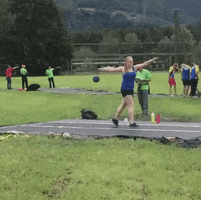lakeroadster
When in doubt... build hell-for-stout!
Maybe so, John ...
But I wonder ...
IF @Buckeye's CFD models -and-or- @Spacedog49Krell's instrumentation studies were to identify and then quantify a normal force acting at the base of a low aspect ratio rocket at a non-zero angle of attack, THEN MAYBE the BDH could be 'baked into' the stability calcs for that class of rocket which otherwise violates the assumptions of the classical Barrowman Equations.
Then we would all be one step closer to "Let's Put an end to the Base Drag Hack" for that class of rockets ...
OTOH, I believe there will always be some rockets where the BDH needs to be applied and in that case, the BDH will continue to work as it now exists because it is after all only a cone appended to the tail of the rocket and the the Normal forces were well defined by Barrowman for that shape.
-- kjh
Why? It's easy enough to add the BDH yourself. This entire discussion is ludicrous. If you have a short fat rocket, take the 30 seconds it takes to add the base cone. If you have a long slender rocket, then don't add it.
"Baking it in" means it can't be removed unless you know code. Why would anybody want that? I certainly don't.












